Case Report: 10CA008
Construction worker dies when a fully extended scissor lift falls over
Download a PDF to print this report:
Construction worker dies when a fully extended scissor lift falls over (10CA008, PDF)
Summary
A construction worker died when the fully extended scissor lift from which he was working fell over. The victim and two co-workers were in a scissor lift that was fully extended 20 feet above the ground. They were attempting to remove a planter box from the exterior wall of a parking structure. The work crew was shoveling dirt out of the planter box into a plastic trash container on the platform of the scissor lift. While the work crew was removing the planter box from the wall, it suddenly shifted and struck the scissor lift, knocking it over. The scissor lift was rated for 500 pounds.
The CA/FACE investigator determined that, in order to prevent future incidents, construction companies that use scissor lifts should:
- Ensure that employees use scissor lifts that are the appropriate size and capacity for the job.
- Ensure that employees are specifically trained on the appropriate load capacity and materials handling of scissor lifts.
Introduction
On Monday, June 16, 2010, at approximately 8:30 a.m., a 46-year-old construction worker died when he fell 20 feet from a scissor lift that was knocked over. The CA/FACE investigator received notification of this incident on June 16, 2010, from the Monrovia District office of the Department of Investigations of the Division of Occupational Safety and Health (Cal/OSHA) Cal/OSHA. On October 15, 2010, the CA/FACE investigator visited the incident scene and interviewed the victim's supervisor, one co-worker, and two managers representing the employer. On October 27, 2010, an interview was conducted with the owner of the rental company that supplied the scissor lift for the job. Subsequent telephone interviews were held with the shopping mall representatives and other co-workers of the victim.
Employer
The employer of the victim was a construction company that specialized in display cases for retail stores and shopping malls. The company has been in business for 32 years and had five employees at the time of the incident.
Worker Information
The victim was a high school graduate and had worked as a drywall installer for this construction company for the past 20 years.
Written Safety Programs and Training
The construction company had a written Injury and Illness Prevention Program (IIPP) that was prepared for them by an outside safety consultant. The IIPP included management and employee responsibilities, safety meeting schedules, training, and overall generic safety procedures for routine jobs within the construction trade. The company's training program was mostly performed by an outside safety consultant who provided new employee orientation, construction safety training, and material for their scheduled safety meetings. According to the safety consultant, all employees received documented training within the last year on the use of forklift and aerial lift equipment. There was no evidence that employees received specific training on the use of the equipment in this incident, including the load factors and material handling in an elevated position.
Incident Scene
The location of the incident was a two-story enclosed parking structure at a shopping center. On each level of the structure were numerous fiberglass planter boxes filled with planting soil that measured 18 feet long, 24 inches wide, and 18 inches in height. The planter boxes had been in place for 20 years and had started slipping off their foundations. Concerns for public safety prompted the management of the shopping center to issue a work order to have the planter boxes removed. The victim’s employer, who received the work order to remove the planter boxes, had their superintendent oversee the job.
Investigation
The superintendent reviewed the job order, inspected the work site and determined that a scissor lift would be sufficient to access the planter boxes and remove them. He rented a scissor lift to gain access to the planter boxes, but when it was delivered he realized it was too small and requested a larger scissor lift from the rental company. When the victim arrived at the job site, the superintendent told him to wait for the rest of the crew and for the larger scissor lift to be delivered before starting the job. The rest of the work crew (two co-workers) arrived a few minutes later and the three immediately got into the scissor lift and extended it up fully to gain access to the planter box. According to the coworker interviewed, he was not aware that another larger scissor lift was being delivered for them to use.
Realizing that the planter box would be too heavy to move with the soil in it, the work crew used shovels to remove some of the dirt into a plastic trash container that was placed on the scissor lift platform. According to the co-workers, they filled the plastic container with dirt and lowered the scissor lift to empty it, then raised the scissor lift up again to repeat the process. When the plastic container was filled the second time, the crew attempted to pull the planter box onto the scissor lift. The pulling motion on the planter box started an unstable rocking motion of the scissor lift. When the unbalanced planter box came loose of its foundation, it fell against the scissor lift, knocking it over. The scissor lift toppled to the ground, catapulting the three workers and the plastic container full of dirt out of the platform and onto the street below. The planter box continued its downward spiral and landed at the base of the scissor lift. Pedestrians on the sidewalk witnessed the fall and called 911 immediately. Vehicles driving by on the street also witnessed the scissor lift fall and were able to stop before striking it. The three workers were transported to the hospital where the victim died from his injuries.
Cause of Death
The cause of death according to the death certificate was multiple blunt trauma.
Recommendations/Discussion
Construction companies that use scissor lifts should:
Recommendation #1: Ensure that employees use scissor lifts that are the appropriate size and capacity for the job.
Discussion: In this incident, the superintendent rented a scissor lift that was too small for the job. A larger lift was to be delivered to the job site later that day, but the work crew proceeded to use the smaller one that had already been rented. In so doing, they most likely exceeded the maximum load capacity, creating an unstable condition. When the planter box was shifted onto the platform, the combined weight caused the scissor lift to topple. In using scissor lifts, it is necessary to assess the work process to ensure that the load movements do not exceed the equipment’s capacity. In this incident, the load capacity of the smaller scissor lift was 500 pounds and was probably exceeded by the weight of three workers and the materials handled. If a larger scissor lift with outriggers or an industrial forklift had been used on this job, the planter box could have been removed safely.
Recommendation #2: Ensure that employees are specifically trained on the appropriate load capacity and materials handling of scissor lifts.
Discussion: In this case, three employees proceeded to work from the platform of the smaller forklift with a load capacity of 500 pounds. While these employees had received general training within the past year, there is no evidence that they had received specific training on how to assess the load capacity and materials handling requirements of the scissor lift used in this incident. The rental equipment companies are only required to provide manuals, which they did in this instance. The scissor lift rented may not have been familiar to the workers. Had these employees received specific training on the load capacity and materials handling of the scissor lift in this incident, they may have realized that the smaller scissor lift was not appropriate for the job.
Exhibits
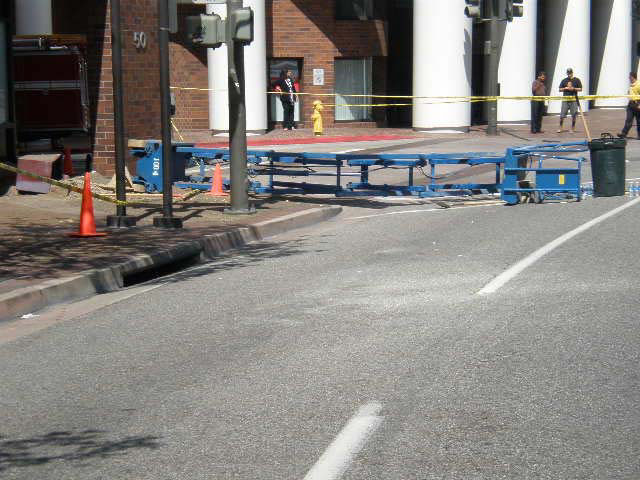
Exhibit 1. The toppled scissor lift.
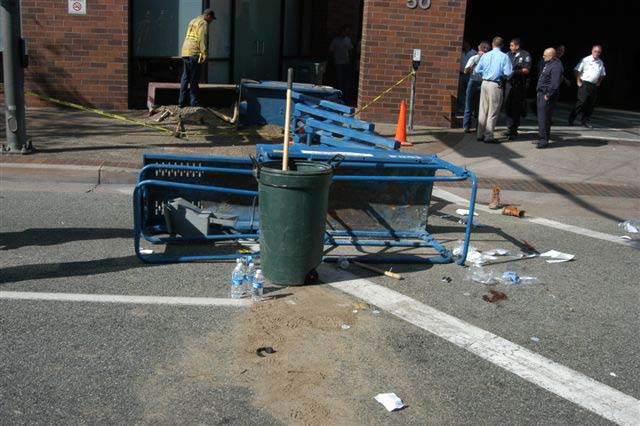
Exhibit 2. The work platform on the toppled scissor lift.
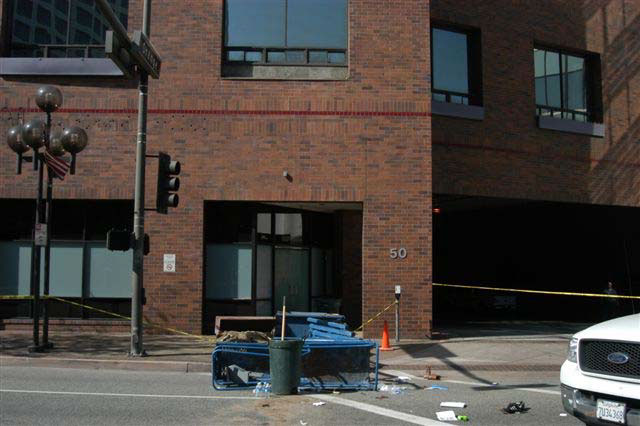
Exhibit 3. The building involved in the incident.
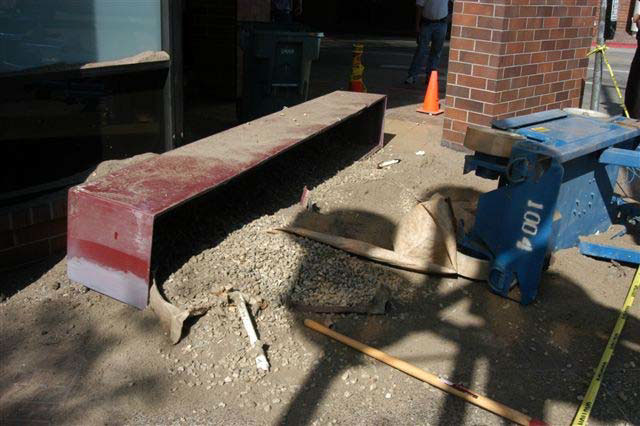
Exhibit 4. The planter box that knocked over the scissor lift.
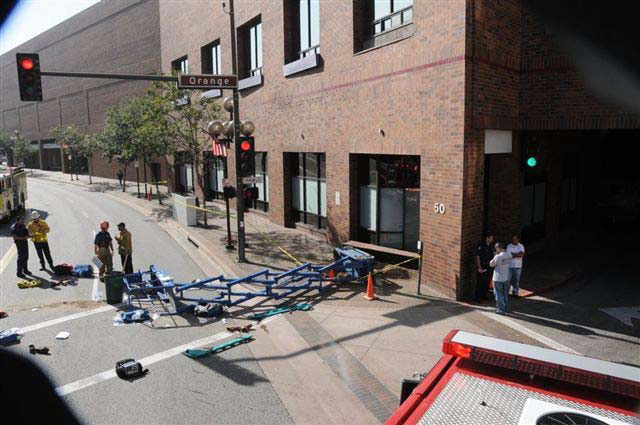
Exhibit 5. The building's window ledge where the planter box was located.
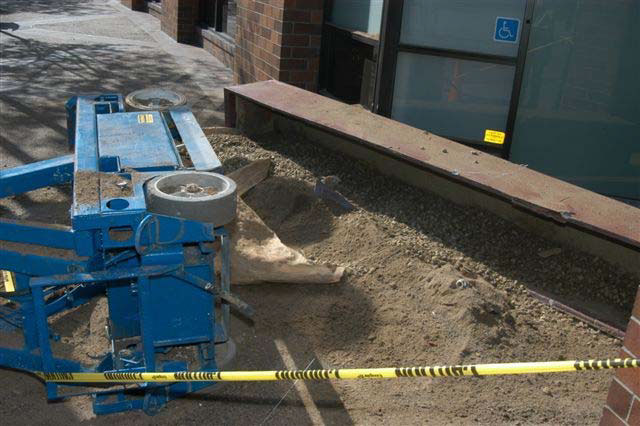
Exhibit 6. The dirt and gravel that was in the planter box when it fell off the ledge.
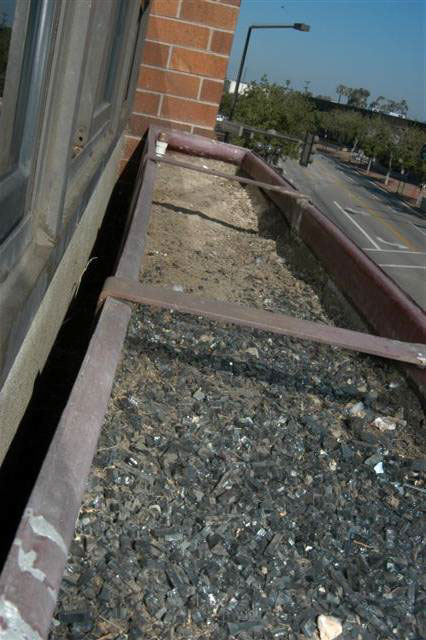
Exhibit 7. The separation between the building and another planter box.
References
Division of Occupational Safety and Health - Title 8 regulations Subchapter 7 - General Industry Safety Orders
Group 2. Safe Practices and Personal Protection.
Article 10. Personal Safety Devices and Safeguards. §3380. Personal Protective Devices.
Subchapter 4. Construction Safety Orders
Article 3. General §1511. General Safety Precautions. §1509. Injury and Illness Prevention Program. §1514. Personal Protective Devices.
Article 24. Fall Protection. §1669. General. §1670. Personal Fall Arrest Systems, Personal Fall Restraint Systems and Positioning Devices. §1671. Safety Nets. §1671.1.
Fall Protection Plan. §1671.2. Controlled Access Zones and Safety Monitoring Systems.
Authors
Hank Cierpich, FACE Investigator
Robert Harrison, MD, MPH, FACE Project Officer
Laura Styles, MPH, Research Scientist
February 3, 2011